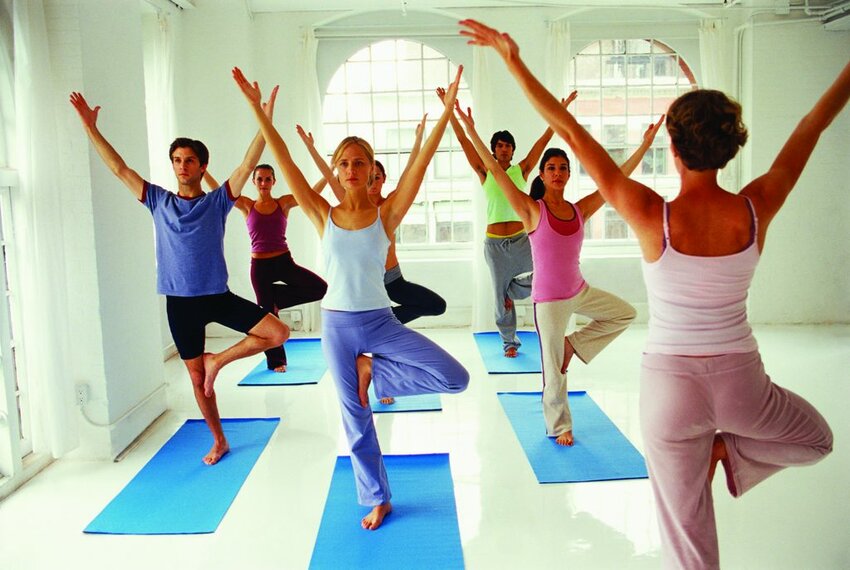
My mother grew up in a small town in the mountainous region of Panama. She was one of five kids all born at home without a doctor. My grandmother, Abuela Carolina, was a single mom making money by sewing dresses with patterns cut out of old newspapers and selling homemade tortillas.
As a child, I watched my mom teach herself English, do upholstery, sew costumes and still manage to make us home-cooked meals. She was constantly teaching herself or taking a class to learn something new. Later, when she was diagnosed with cancer, she sought help from her doctors but she never stopped learning about alternative therapies and vitamins to boost her system to heal herself. Growing up under my mama’s wing taught me that sometimes we need to help ourselves.
Years ago, when I was in a great deal of pain in my neck and back from snowboarding, I tried many alternative therapies, including rolfing, cranial sacral therapy, Thai massage, physical therapy, and chiropractic. I did obtain some relief, but the pain lingered. I finally decided that I had to figure out what was going on myself. So I went back to school for Rolfing, a form of bodywork that works on soft tissue manipulation.
Over the years, I have dedicated myself to helping people help themselves. I feel as though I have two main jobs: I help people get out of pain by unwinding their connective tissue, muscles and nerves; and I try to empower my clients to help themselves. Most of us are taught to ignore our pain and medicate ourselves to mask it but I say there’s another way.
So, how do you help yourself to ease back pain caused by snowboarding? First off, you need to be aware of how snowboarding twists your body. The next time you put your snowboard on, act like you are facing downhill and check out your back leg. What do you notice? Can you feel how the back knee twists inward? What does your back foot do? Do you notice how you roll onto the inside of your back foot when you turn to face the fall line? Now put your hands on your pelvis and feel how the back leg side of your pelvis twists inward
Finally, put your hands on your waist and feel how your waist and ribcage twist. Now imagine snowboarding for hours and hours. Unless you spend an equal amount of time riding switch, you drive that pattern into your connective tissue, muscles and your nervous system.
Our bodies are designed to come back to neutral, but sometimes they need a little help after snowboarding or doing any asymmetrical activity for a long time. I have found that tree pose can help open up the back leg side after a day of turning inward on the mountain. This is a simple pose but it can be really effective when done correctly. I suggest that you do the pose on both sides but do the pose twice for the back leg.
Tree pose
Luca Williams is a Certified Rolfer in Glacier, WA. She helps snowboarders, skiers, and other outdoor enthusiasts to get aligned and out of pain. Website: lucasrolfing.com blog: movingwithgravity.wordpress.com